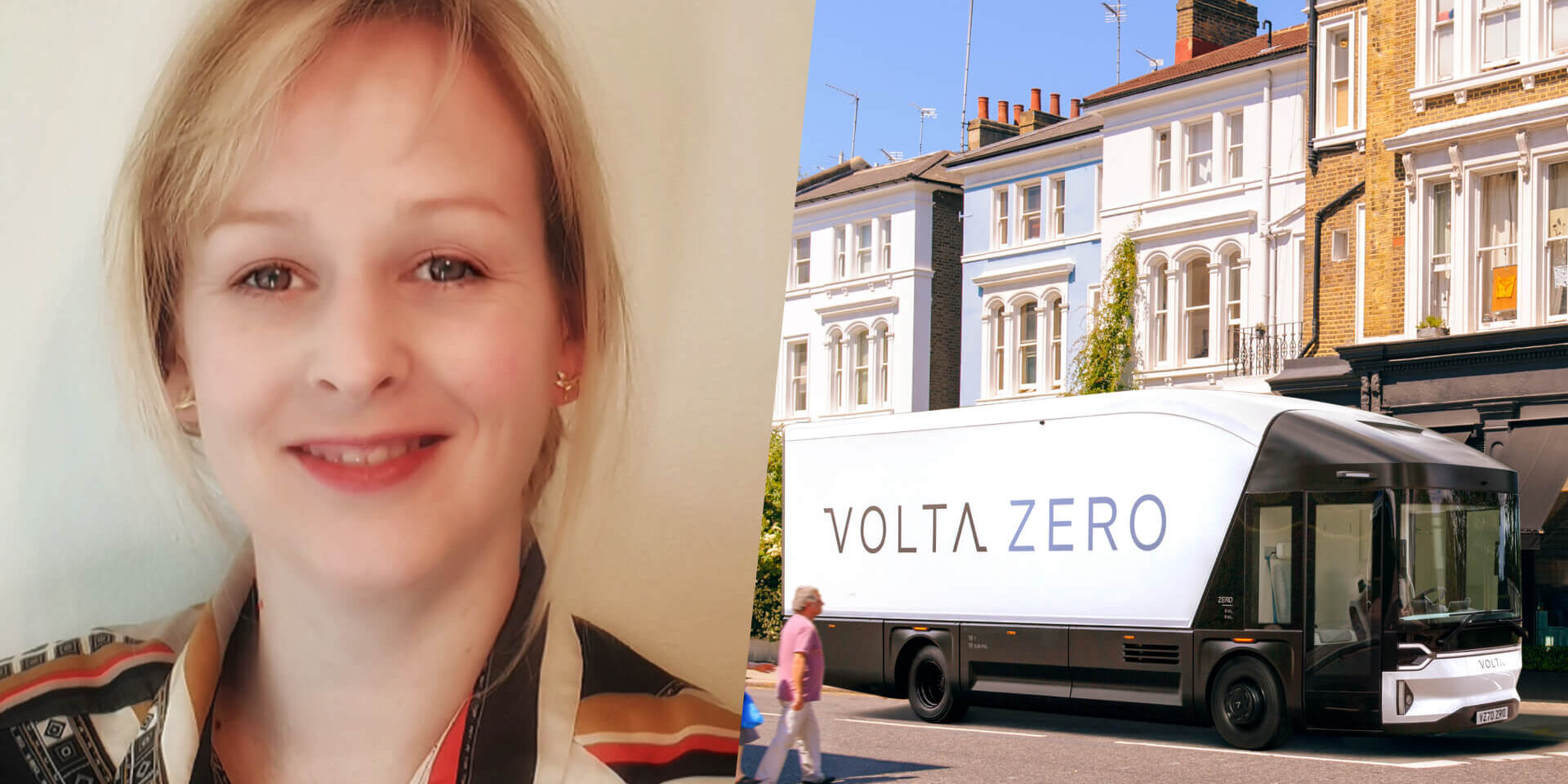How did you end up working in procurement and purchasing, and what’s been your journey before arriving at Volta Trucks?
“Like most people’s career paths, there was no grand design – it was mostly circumstance and taking opportunities that led me into the world of procurement. For me, the end of university brought uncertainty and I found myself working in a small electronics company. I tried a few different roles but as soon as the opportunity arose to work in procurement, I found myself hooked and I haven’t looked back since. I then secured a role within a graduate scheme for a global OEM. During my time there, I was fortunate to experience the wide-ranging world that is purchasing in a large organisation which included time spent in project management, international projects, living and working in China and finally purchasing specialising in EV batteries. When I was ready for my next challenge, I knew it needed to be somewhere that aligned itself to my core values. Volta Trucks perfectly blended that next career step and an ethos I could truly believe in.”
For those unfamiliar with a procurement and purchasing department, how does it work? It’s clearly more complex than just buying things and saving the company money. How does it integrate with the business, and what skills / technical experience is needed?
“The traditional view of a procurement department is transactional and buying items as cheaply as possible. My view is that a procurement team needs to consider and balance a multitude of factors including customer requirements, engineering specification, time, cost, quality, the supply chain, and sustainability to name a few. Working in purchasing is incredibly exciting and diverse because we have to consider qualitative and quantitative data from a multitude of areas including supplier and market trends, engineering requirements, financial information, quality and sustainability inputs and logistics routes. Business decisions are based on this information and the purchasing team are a vital part of influencing all outcomes.”
How have you seen the procurement process change and evolve with the migration from internal combustion engines to electrification?
“The move to electrification poses a number of challenges in the procurement sector. Significant technology shifts like electrification don’t happen often but when they do, they create rapid technology development cycles, and the outcome of this is regular upgrades in technology. This curve eventually flattens out over time but has a significant impact during the initial phases of technology integration.
Technology shifts often also go hand in hand with changes to market equilibrium. In the case of electrification, this has driven an exponential rate of demand for battery cells and associated technologies to form the electrification system. This imbalance in availability can cause prices to rise, sometimes significantly. Guaranteeing supply at the right cost becomes a driving force for procurement teams. Both of these key elements must be central in the process to select the right supplier to ensure products remain competitive.”
How does procurement and purchasing differ between a long-established OEM and a start-up?
“A lot of the differences can be attributed to the business environment – start-ups are more nimble, quick to react and there is more autonomy at each level so decisive decisions can made more quickly. Whereas in established OEM, there are typically multiple layers of approvers and management, legacy systems and processes. Whilst this can offer a level of enhanced robustness, it can also hamper the speed at which procurement teams can work and often results in frustration. The challenge is getting the balance right – having appropriate processes combined with the right level of autonomy and decision making.”
Sustainability is one of Volta Trucks’ core brand beliefs and differentiators from the competition. How can procurement support this, and how far into the supply chain can you / do you have visibility?
“Procurement and managing the end-to-end supply chain effectively is a crucial element that can significantly impact the overarching sustainability of a company. Volta Trucks is on a sustainability journey and as part of this, we need to work to develop collaborative goals with suppliers to understand the current state of play, and then assess how we can minimise our impact whilst developing a long-term future. I strongly believe this is not something that manufacturing companies can do independently but need to work together to drive an eco-system of sustainable businesses.”
In the future, how can procurement further support the research, development, and engineering communities?
“Early involvement of the procurement function in research and development is key. It offers multiple benefits ensuring supplier and partner selection are evaluated against the right criteria, supporting clear objective setting and commercial terms, or bringing the right strategic market and supplier insight into discussions. These are all beneficial and can have a vital impact on the success of the research and development within a business and the industry.”

